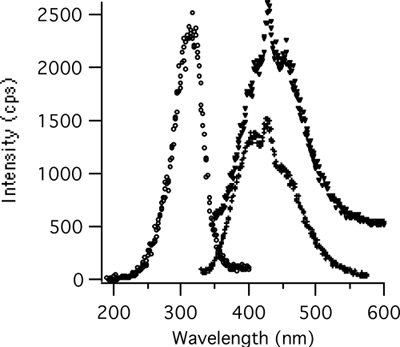
Figure 1. Structure of H3[(H6Ga3N3)9]H3 |
Oligomeric rods of six-membered GaN rings connected through axial Ga-N bonds
and coated with a shell of alkyl or hydrido ligands (Figure 1) were synthesized
in ammonia at 150°C. The rods luminescece towards the blue end of the visible
spectrum with longer rods emitting at longer wavelengths (Figure 2). Computational
studies established that the sigma framework molecular orbitals were localized
in part due to the large dipole moments in the Ga-N rods. In particular,
the Ga-N HOMO involved bonding orbitals localized at the negative end of
the GaN rod, while the low-lying virtual orbitals exhibited localization
towards the positive end. Thus, low lying excited states may be thought of
as involving dipole assisted intramolecular charge transfer. Details appeared
in the latest issue of J. Am. Chem. Soc.
(2005, 127, 1493 - 1503).
This research involved a collaboration between Profs. Gladfelter and Cramer at the U of M and Dr. Udo Pernesz at Dow Corning. Graduate student (at the
time) Bethany Kormos, and postdocs Jolin Jegier and Paul Ewbank and crystallographer
Vic Young were responsible for this project.

Figure 2. Action (left) and emission (right two) spectra of H3[(H6Ga3N3)n]H3 for
n = 10 - 12.
|



